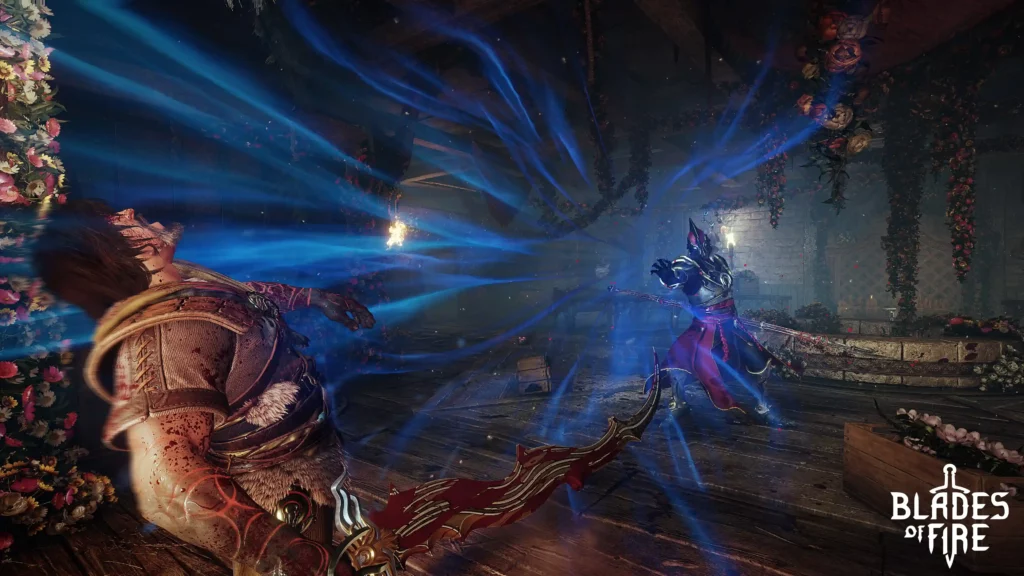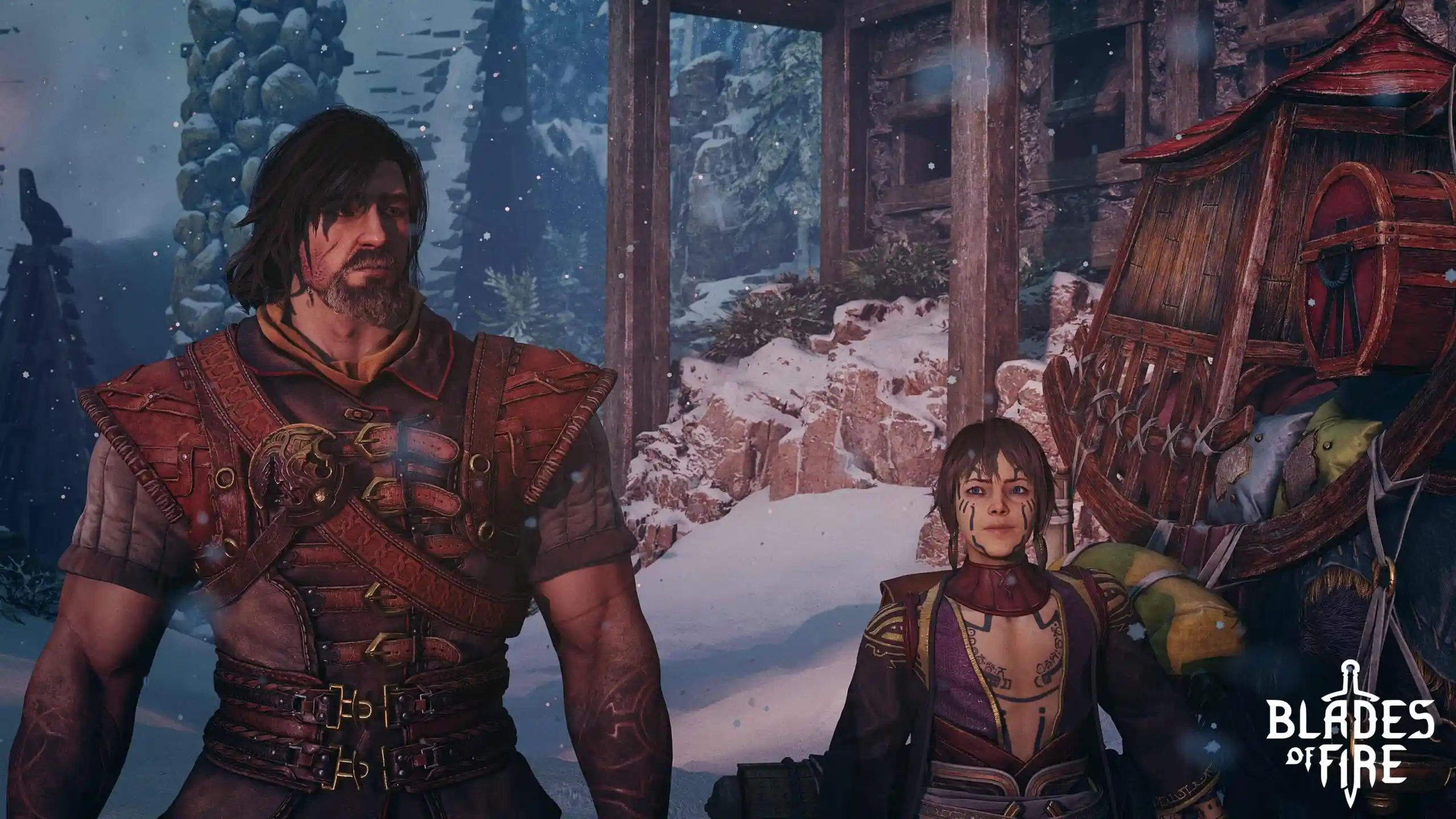Blades of Fire, the latest release from Mercury Steam, blends punishing Soulslike mechanics with a deep weapon crafting system. Known for past titles like Castlevania: Lords of Shadow and Metroid Dread, the studio brings a unique flavor to action RPGs in this new outing. With challenging enemies and minimal guidance, surviving your first hours in the game can feel overwhelming. Here are four key techniques to help navigate the early chaos.
Carry Multiple Weapons for Better Combat Adaptability
Having different weapon types on hand is more than just variety—it’s survival. Enemies react differently to certain weapons, making strategic choice critical. For instance, while a lance may be effective against swift enemies, a heavy hammer could be the better choice for armored foes.
Blades of Fire includes a visual indicator system to help identify weapon effectiveness. When locking onto an enemy, switching through weapons shows a color-coded outline: green signifies a vulnerability, yellow indicates neutrality, and red warns that your current weapon will be ineffective—and may even sustain damage. Being observant and switching weapons accordingly can mean the difference between victory and a broken blade.

Adjust Objective and Visual Settings for Clarity
The game doesn’t immediately offer direction regarding your next task. To keep track of your progress, access the settings menu and enable the “Show next objective” feature. However, it’s important to note that this must be reactivated with each new objective reached.
Beyond navigation, visual clarity is just as essential. The enemy outline setting, along with the adjustable Outline Intensity slider, offers helpful feedback during battles. Setting the intensity to a higher level makes it easier to spot weaknesses and tailor your attacks, especially in dense combat situations.
Destroy the Environment for Crafting Resources
As is customary in many action RPGs, defeated enemies and destructible environments are prime sources for materials. In Blades of Fire, these materials feed into the game’s robust forging system. Whether battling through enemies or smashing crates and barrels scattered across the world, these resources add up.
Not every object you break will yield an item, but the cumulative rewards make the effort worthwhile. Additionally, breaking environmental objects does not degrade your weapon, unlike repeated combat usage. This means there’s no downside to breaking everything in sight when scouring areas between fights.
Choose the Right Difficulty Without Guilt
While known for their intense difficulty, some Soulslike games have embraced adjustable difficulty settings to widen their appeal. Blades of Fire offers three modes: Bronze, Iron, and Steel. These are not gimmicks; even Bronze provides a stiff challenge. Stamina management, aggressive foes, and durability concerns remain central regardless of the setting.
Choosing a lower difficulty affects several gameplay aspects, such as the time it takes to recover from hits and the resources required for repairs. Players still experience the core mechanics and tension, but with a more manageable learning curve. Whether seeking a brutal journey or a more forgiving entry point, selecting the appropriate difficulty ensures the game remains engaging without being overwhelming.
For those diving into Blades of Fire, mastering these four techniques can ease the transition into its unforgiving world. From smart weapon choices and helpful visual tools to resource farming and accessible settings, preparation is key to survival.
